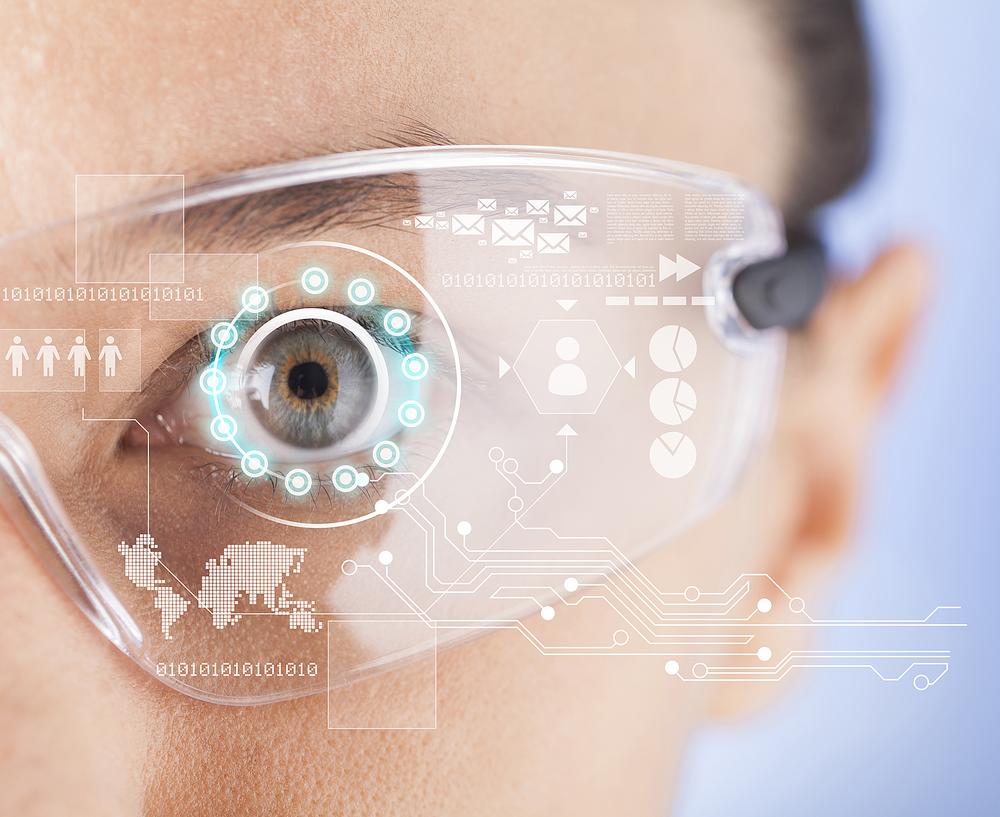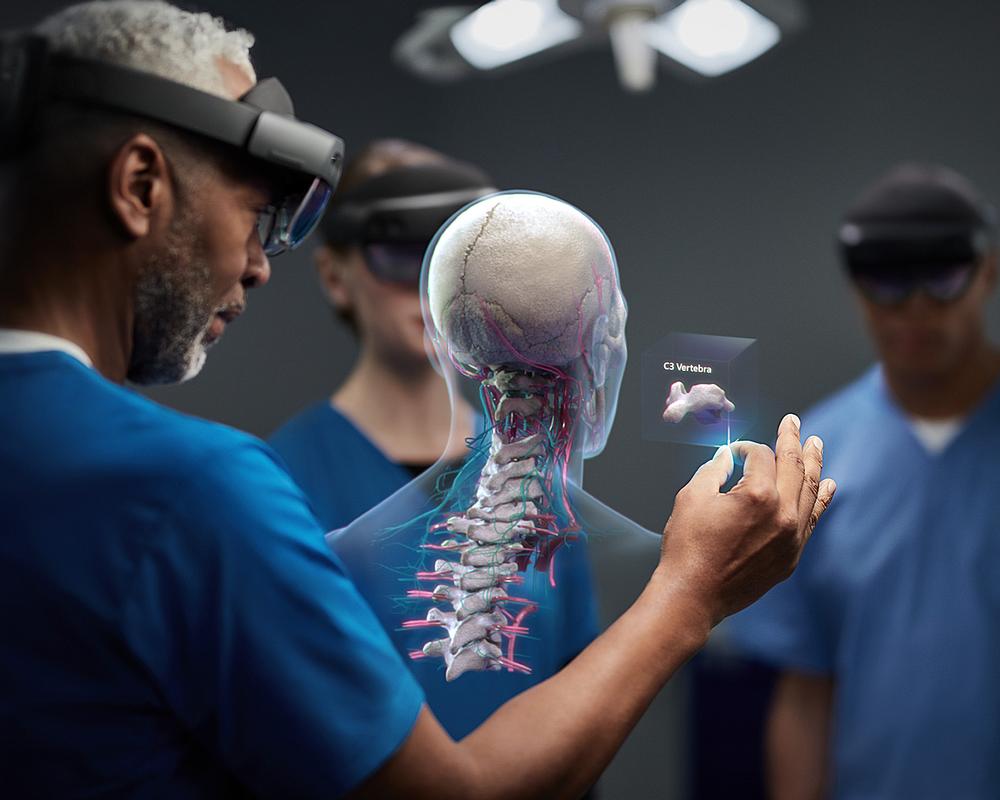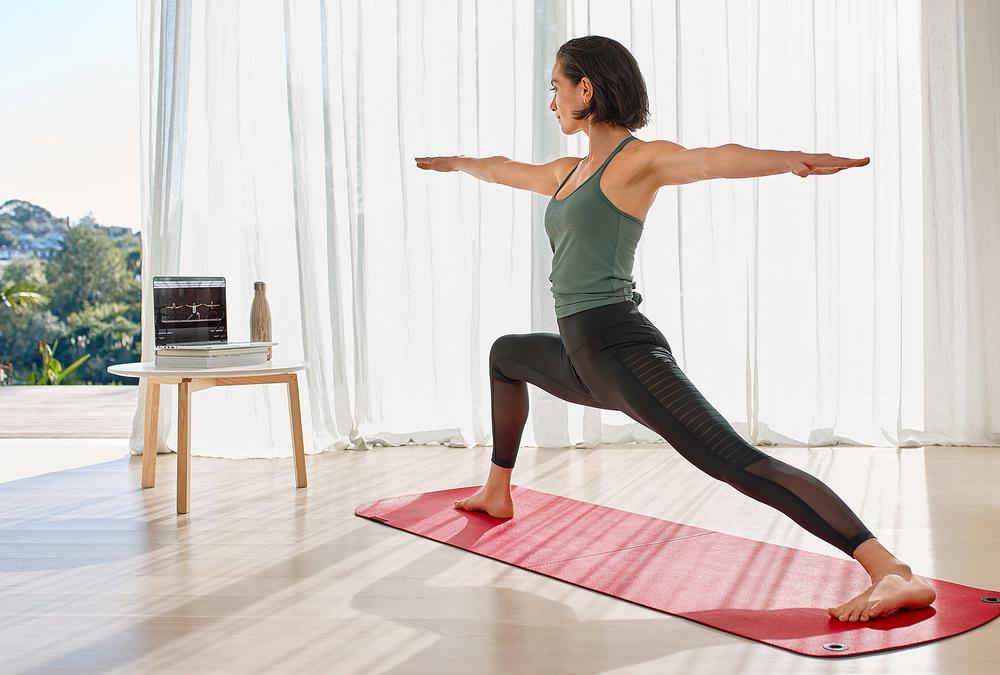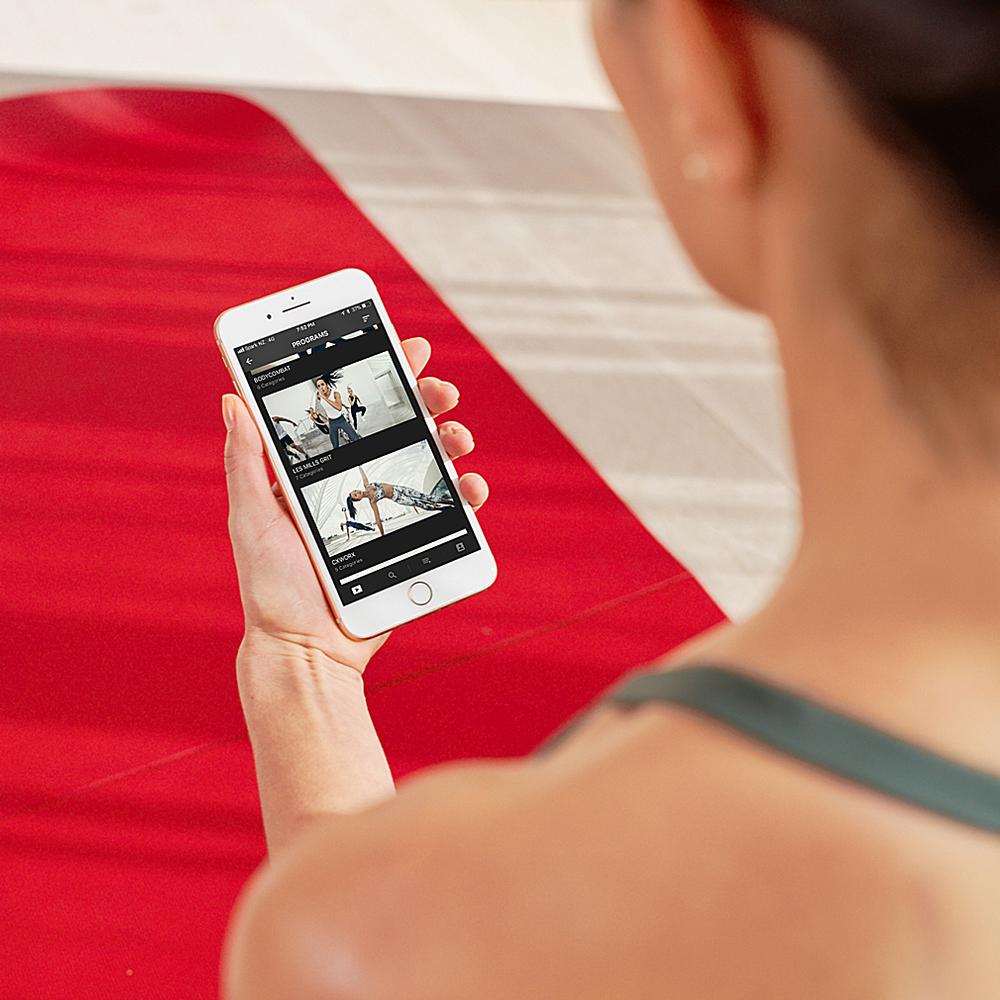As we start a new decade, businesses offering virtual reality (VR) and augmented reality (AR) systems are aiming to make an impact in the fitness industry.
Researcher International Data Corp forecasts spending on augmented and virtual reality will jump 79 per cent to US$18.8 billion worldwide in 2020 and is expected to rise at a compound annual growth rate of 77 per cent through 2023.
This article will explore which technology – AR or VR – may be the long-term winner in the fitness world – in our opinion.
While the terms ‘virtual’ and ‘augmented reality’ get thrown around a lot these days, there’s actually a lot of confusion surrounding these specific technologies.
VR headsets create fully immersive experiences where users leave the real-world environment behind to enter a fully digital environment.
The headsets are completely opaque. A big drawback of VR use in a gym environment is that being disconnected from your surroundings can create potential safety issues.
Superimposed
In AR, virtual objects are superimposed onto the real-world environment via smartphones with AR apps, tablets, heads-up displays, and games like Pokémon Go! which use your phone’s camera to track your surroundings and overlay additional information on top of it, via the screen.
While VR replaces your vision, AR reality adds to it. This can be as simple as a data overlay that shows the time, or as complicated as holograms floating in the middle of a room.
Augmented future
We believe that in the longer-term the fitness industry will utilise advances in augmented reality and holographic telepresence, rather than VR.
AR gives users digital imagery that is experienced in the physical world. It allows people to work out smarter by adding to the real environment with computer-generated sensors.
Although there are a few effective applications for the use of VR in fitness on a one-to-one basis, we believe VR is generally too restrictive and cumbersome a technology for practical use for the masses within a fitness environment.
A number of tech heavyweights agree with our preference for AR over VR.
The key message to come out of the last Google I/O developer conference was that the company has largely abandoned its plans to push forward with the development of headsets and content for VR, effectively retiring the Daydream project and focusing instead on AR features for the Google Lens.
Tim Cook, CEO of Apple agrees with our current view as well. Tim says: “I’m excited about augmented reality because unlike virtual reality, which closes the world out, AR allows individuals to be present in the world but hopefully allows an improvement on what’s happening presently.”
At Les Mills we are always striving to stay ahead of the curve. This is mandatory when it comes to appealing to the two largest generation of fitness users, Millennials and Gen Z, who now make up 80 per cent of the fitness market.
Generation Active has different tastes from its predecessors – favoring working out in groups, a broader range of options and smart integration of technology – so it’s vital to innovate and necessary to adapt both club and fitness offerings to win their business.
360 degree solutions
One of our big goals is to offer our health club partners and their members a 360-degree fitness solution that seamlessly blends the physical and the digital. We call it the ‘consumerisation of clubs’. It means virtually expanding the four-walls of the traditional fitness facility and enabling members to exercise where and when they want. AR technology has the potential to allow for this to be done in a more seamless and inexpensive manner for the end user.
Fitness is a very human-centric industry – people want to enjoy their fitness. Our internal research shows members of Generation Active prefer group exercise as a means of socialising. Therefore, the future of live class experiences could be a fusion of amazing instructors, tactile audio technology and augmented video to create immersive virtual environments.
Digital technology can boost live class users’ multimedia fitness experiences through the effective use of immersive haptic audio to create tactile augmented reality.
This is achieved by layering tactile music that users can feel, on top of an immersive visual experience through the use of augmented high-resolution video that is projected for users in a wide viewing format.
A recent demonstration from Microsoft of its HoloLens 2 showed how the device can generate high-definition holograms of people and can translate speech instantly into any language, anywhere in the world. This unlocks the possibility that our favorite fitness instructors could one day appear anywhere with augmented reality headsets, in whatever language we require.
Our video streaming platform, Les Mills On Demand (LMOD), has seen significant growth in recent years and we think this kind of on-demand technology will have a huge impact on fitness as AR technology emerges and matures.
In the short-term, expect the immersive experiences pioneered by group cycling class Les Mills The Trip to expand into other class formats – both virtual and live – with high-quality video enhancing the class experience.
Imagine a dance workout set against the backdrop of a cheering crowd in a sold-out stadium, or a yoga class surrounded by screens showing an alpine vista in spring. Expect to see these experiences very soon!

























































